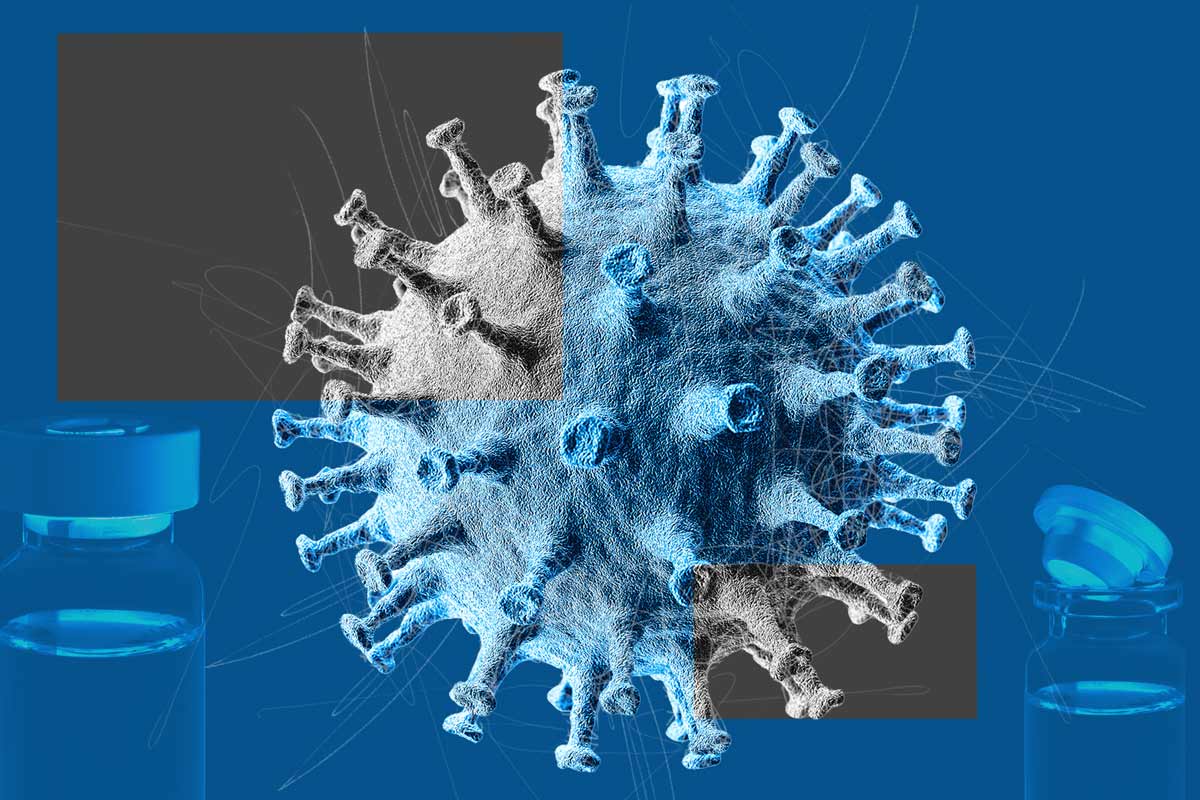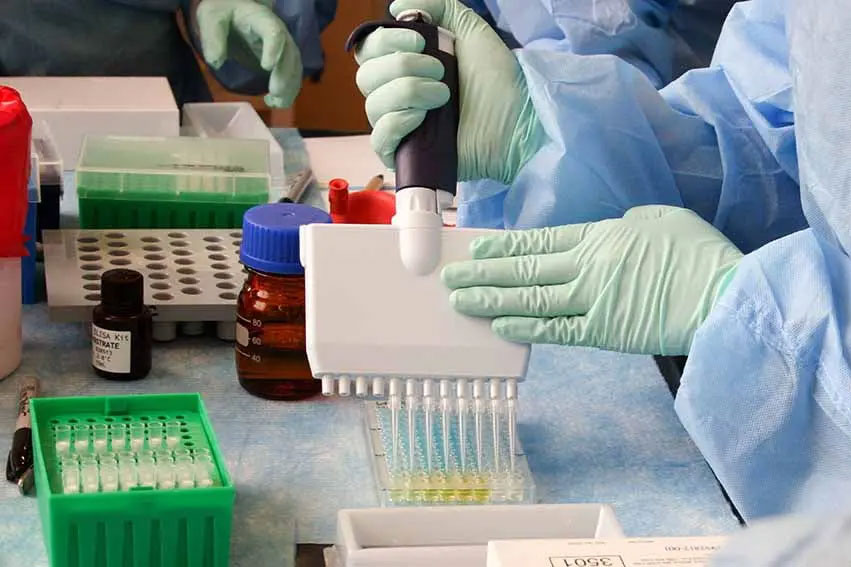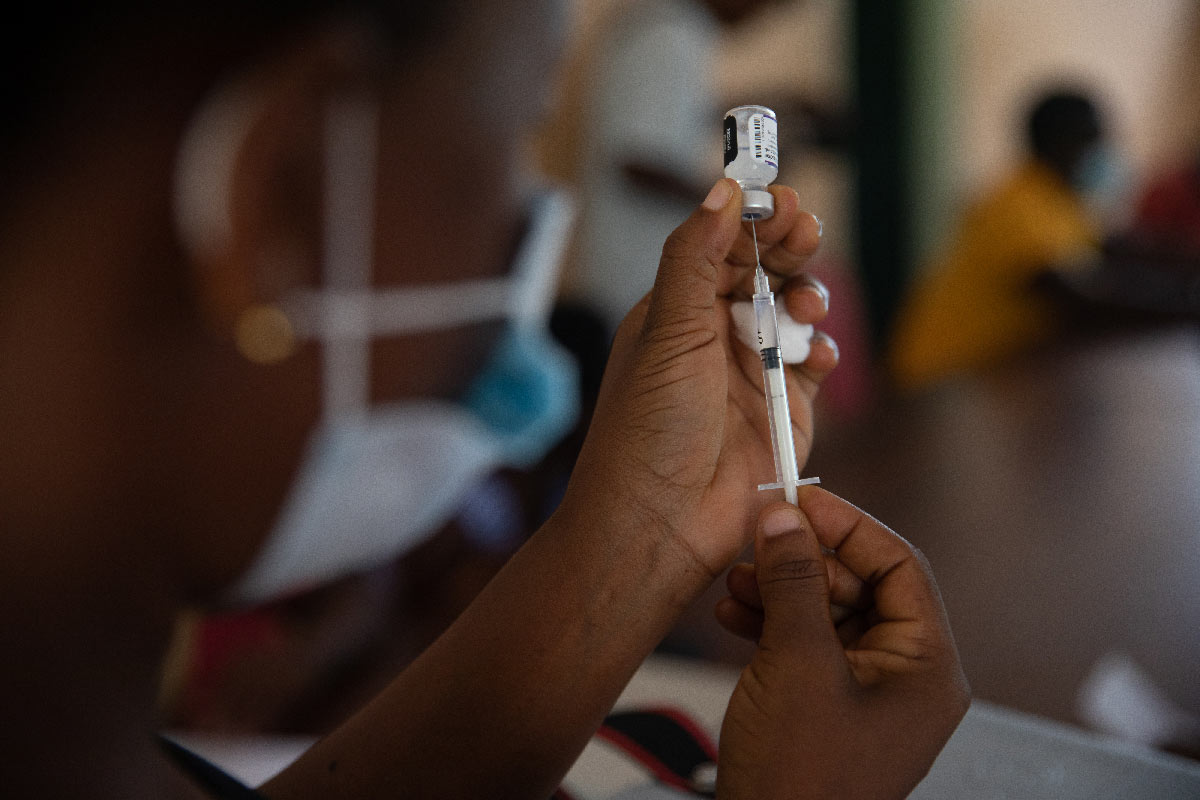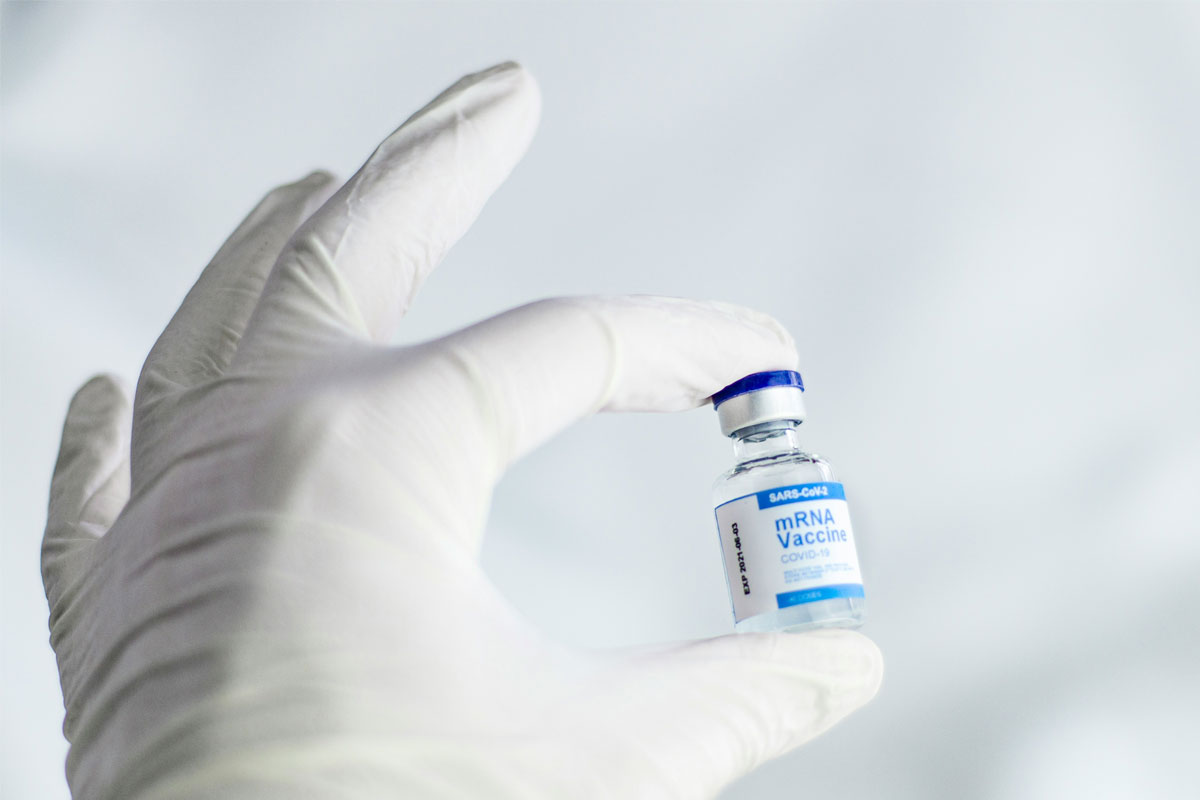Scientists make breakthrough towards ‘universal’ antiviral drugs
Targeting sugars on the outside of viruses could offer a first line of defence against emerging pandemics.
- 29 August 2025
- 3 min read
- by Linda Geddes

Researchers claim to have taken a major step towards a broad-spectrum antiviral drug that could protect against numerous deadly viruses, including future pandemic threats.
By targeting sugar molecules found on the surface of many viruses that share structural similarities – even across unrelated virus families – they identified four compounds that successfully blocked infections from seven different viruses.
“This is the kind of antiviral tool the world urgently needs. If a new virus emerges tomorrow, we currently have nothing to deploy. These compounds offer the potential to be that first line of defence,” said Dr Adam Braunschweig at the City University of New York (CUNY), who led the new study.
Virus threats
Unlike bacterial infections, which are often treated right away with broad-spectrum antibiotics while doctors identify the specific pathogen, viral infections are typically managed with supportive care.
Antiviral drugs may also be deployed, if they exist, yet current antivirals are highly specialised and only effective against a limited group of related viruses.
In the event of a new virus emerging and causing human outbreaks, “This lack of treatments can leave populations vulnerable for years, while vaccines and therapeutics are being developed,” Braunschweig said.
“Developing new vaccines takes time, all while the disease and its associated health consequences continue to spread. In addition, although clinical trials are the gold standard for proving vaccine efficacy, because of limited resources during outbreaks, it may not always be feasible to validate vaccine efficacy against all emerging variants.”
A shared weakness
To address this challenge, Braunschweig and his colleagues focused on viral envelope glycans – sugar molecules found on the surface of many ‘enveloped’ viruses, the families most likely to cause pandemics, severe illness and death in humans.
They screened 57 synthetic carbohydrate receptors (SCRs) – small molecules designed to bind to these sugar molecules – and identified four that successfully prevented cells from being infected with six high-risk viruses from three unrelated families.
Their efficacy was confirmed against live viruses including Ebola, Marburg, Nipah, Hendra and the coronaviruses that cause COVID-19 and Middle East Respiratory Syndrome (MERS).
Two of these compounds were also tested on mice infected with SARS-CoV-2 (the virus that causes COVID-19): both compounds significantly reduced viral loads, severe illness and death in animals genetically prone to develop severe illness.
In tests of the most promising candidate, 90% of treated mice survived compared with none in the control group.
Further experiments confirmed that the compounds work by binding to viral envelope glycans. Two of the compounds were also shown to inhibit rotavirus, a non-enveloped virus that also has glycans on its surface. “This finding is particularly important, as it expands the scope of SCR activity beyond enveloped viruses,” the researchers said.
Have you read?
Broad-spectrum antivirals
The research, published in Science Advances, provides “proof-of-concept evidence that targeting N-glycans makes synthetic carbohydrate receptors a viable novel class of broad-spectrum antivirals”, they added.
“The study shows that [these compounds] are capable of mitigating infections by some of the most deadly enveloped viruses, including SARS-CoV-1, SARS-CoV-2, MERS-CoV, Nipah, Hendra, Ebola and Marburg.
“These viruses, known for their pandemic potential and severe impact on public health and the global economy, pose continuous challenges due to their mutagenic capabilities and the absence of readily available, effective therapeutics.”
They now plan to try and advance the most promising compounds into clinical trials. Since glycans have also been implicated in cancer and immune disorders, there could potentially be further future applications for compounds targeting them.
More from Linda Geddes
Recommended for you









